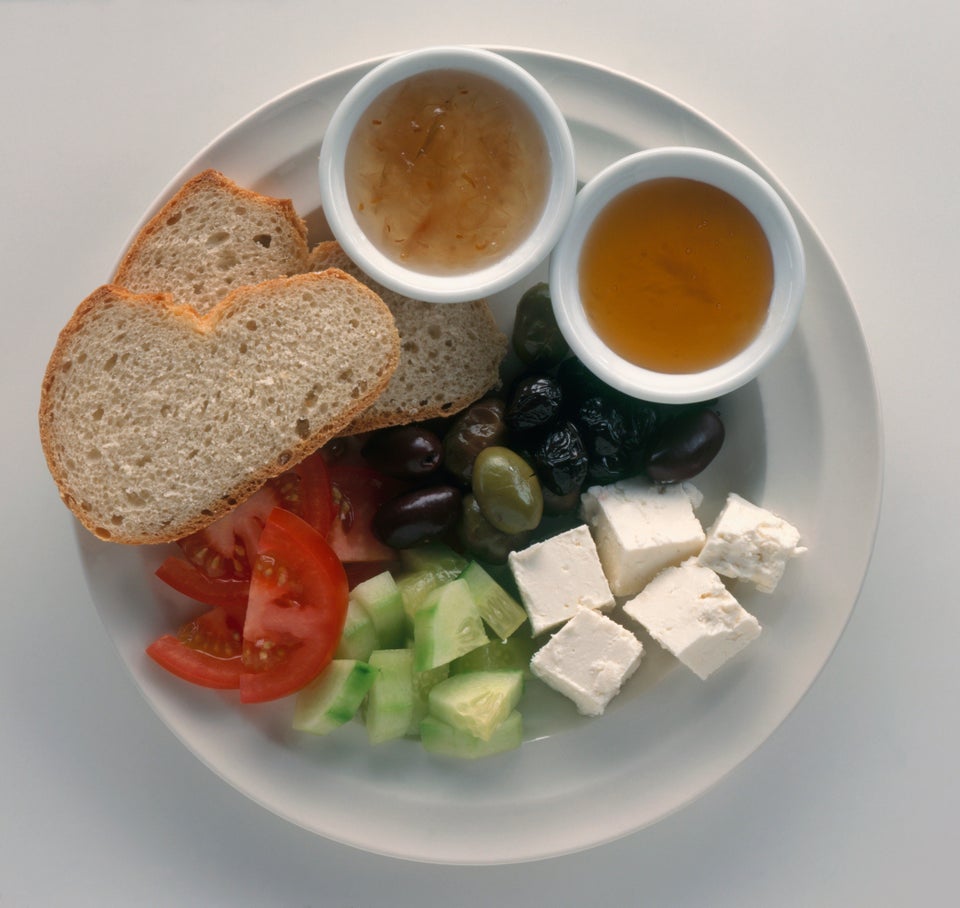Remember the first time you fed your pint-sized grandchild grapes or hot dogs? You were probably politely told by your son or daughter to cut these foods into tiny pieces, so the child wouldn’t choke.
But don’t mistake choking as a hazard just for the toddler set.
Truth is, anyone can choke, even adults who have been eating solid food for six decades. According to the National Safety Council, choking is the third leading cause of death in American homes, with foods being the primary culprit.
“You can really choke on anything,” says Joan Salge Blake, R.D., a clinical associate professor of nutrition at Boston University and media spokesperson for the American Academy of Nutrition and Dietetics. “You have to be sure you chew properly and not swallow in big gulps. It’s also important to have fluids on hand, so you can swallow and move things along.”
Alcohol increases your risk. When you do drink, make sure to keep your alcohol intake to a minimum, says Sharon A. Brangman, M.D., professor of medicine and division chief of geriatric medicine in at Upstate Medical Center in Syracuse, N.Y. “Drinking alcohol can reduce your judgment and increase your choking risk,” she says. “Talking while you’re eating also raises your risk.”
Since the way you eat your food has as much to do with your odds of choking as what you eat, it’s important to pay attention to both your habits and your food choices. Here are the scenarios that can put you at risk for choking and the foods most likely to trip you up:
Choking Hazards
Noshing by the Handful
It’s easy – so easy – to grab that fistful of buttery popcorn at the movies, or that scoop of nuts at the party, especially when you’re hungry. But putting too much food into your mouth at once can up the odds of choking. “Foods that people tend to eat by the handful can easily get overloaded in the mouth and aspirated, Brangman says. Common culprits include nuts, popcorn and grapes.
A Matter of Size
Some foods are problematic because of their size. Foods with small diameters that fit easily into the windpipe can create a plug, which will block airflow, Brangman says. Foods that can easily get lodged in your throat include hot dogs, grapes, and carrots and require careful attention to chewing.
Texture Troubles
Certain textures in food can be hazardous, especially if they’re chewy, dry or viscous. Edibles with these kinds of textures don’t go down easily and may require small bites and extra fluids. Some of the most texturally challenging foods include bagels, peanut butter, overcooked chicken, and thick, Dutch pretzels.
Big Bites
It’s tempting to eat hearty bites of certain foods, especially when you’re tired and hungry, and the food looks and smells delicious. “I once read that many men try to eat steak about the size of a pack of cigarettes,” Brangmas says. But don’t take in more than you can chew. Foods that often garner a big bite include steaks and stacked sandwiches.
What to Do If You Choke When You’re Alone
Let’s say you take all precautions, and you still find yourself choking and in a panic, there are a few different steps you can take. In an article for Prevention.com, Travis Stork, M.D., an ER physician cohost of TV’s The Doctors, and the author of The Lean Belly Prescription, says your first line of defense is coughing, something your body does automatically when your airway becomes blocked. Another strategy is to call attention to your plight by making whatever ruckus you can — it’s possible someone will hear and come to your aid.
The Mayo Clinic and most health professionals, including Dr. Stork, recommend self-administering the Heimlich maneuver:
- Make a fist. Place the thumb below your rib cage and above your navel.
- Grasp your fist with your other hand. Press it into the area with a quick upward movement.
- You can also lean over a table edge, chair, or railing. Quickly thrust your upper belly area (upper abdomen) against the edge.
Also from Grandparents.com:
